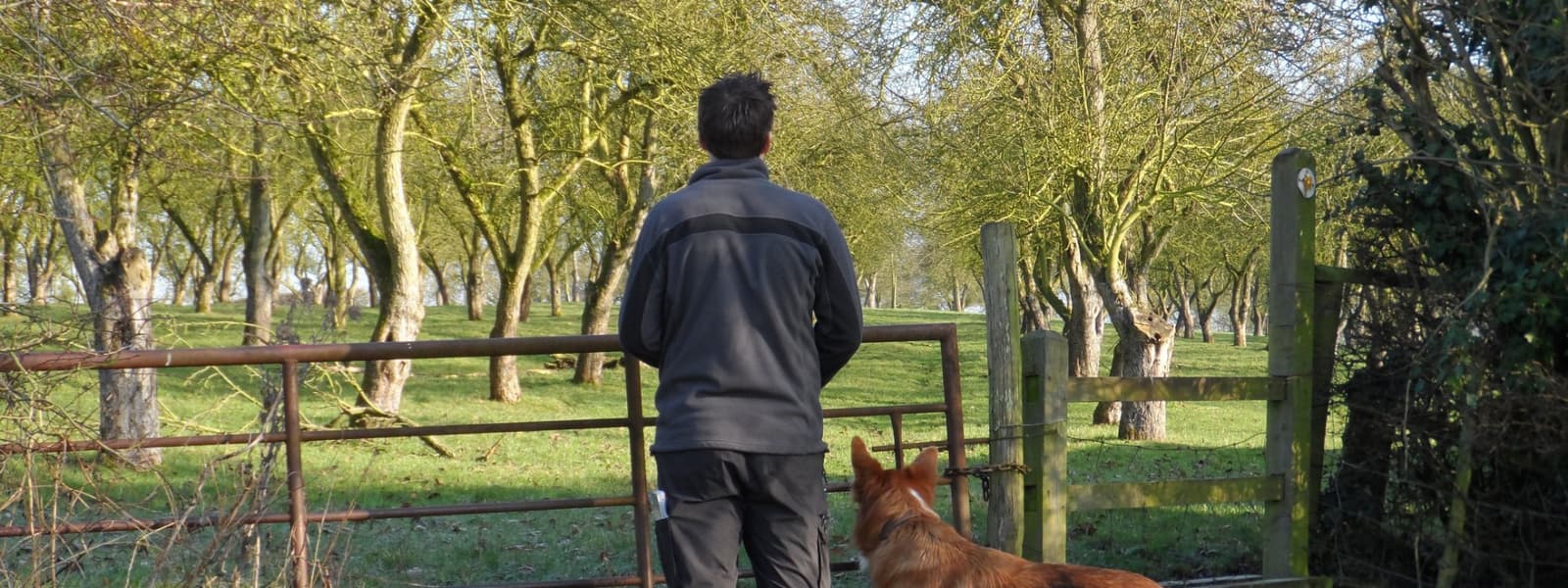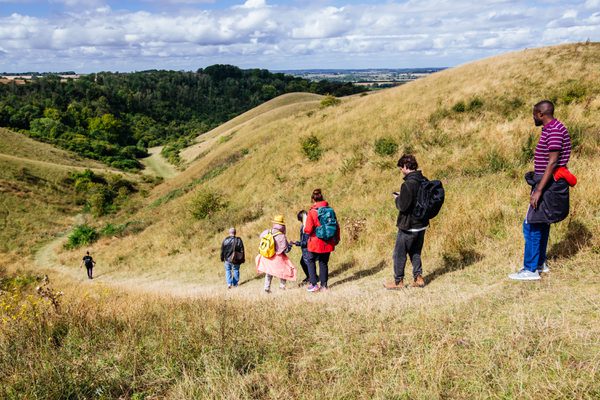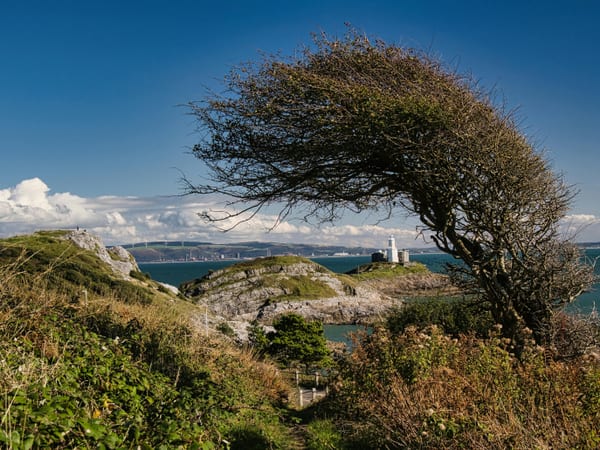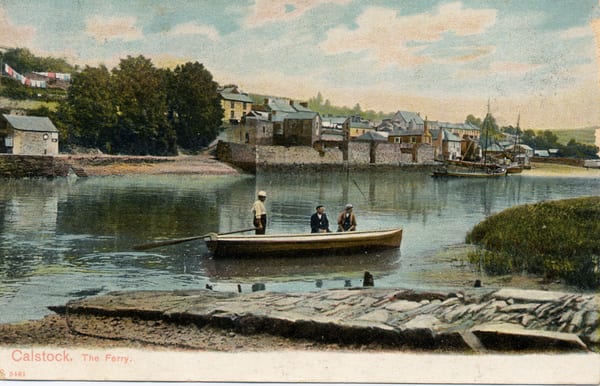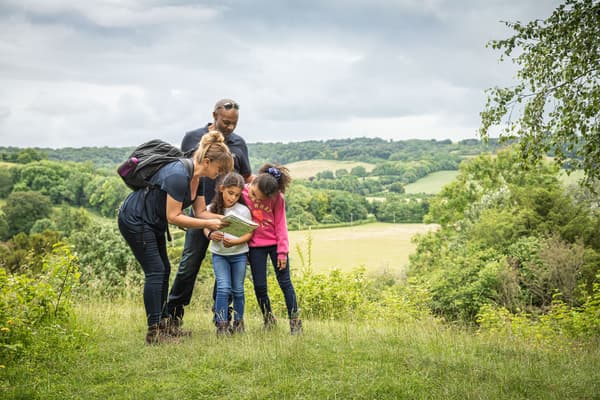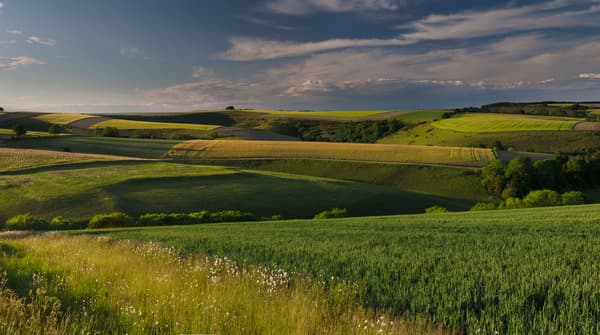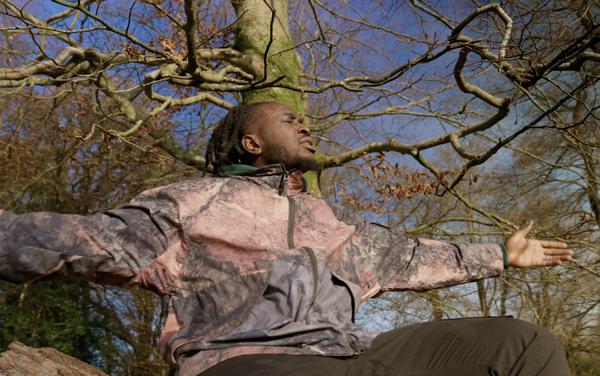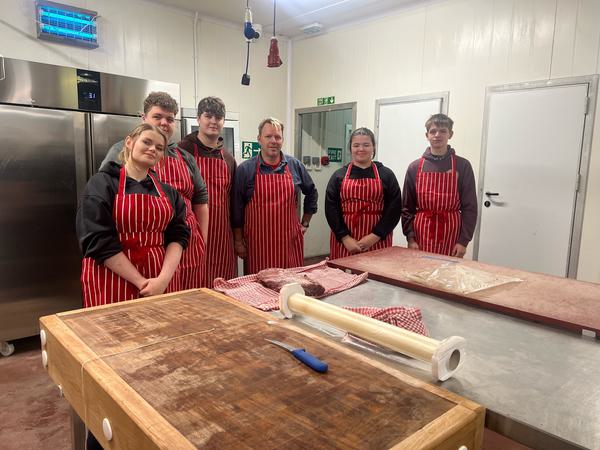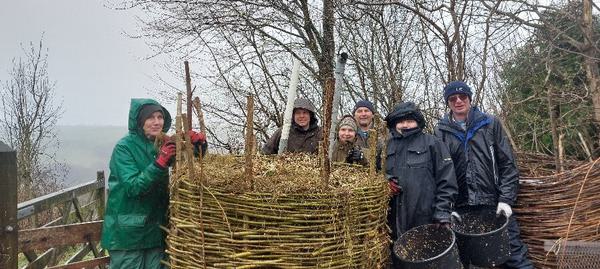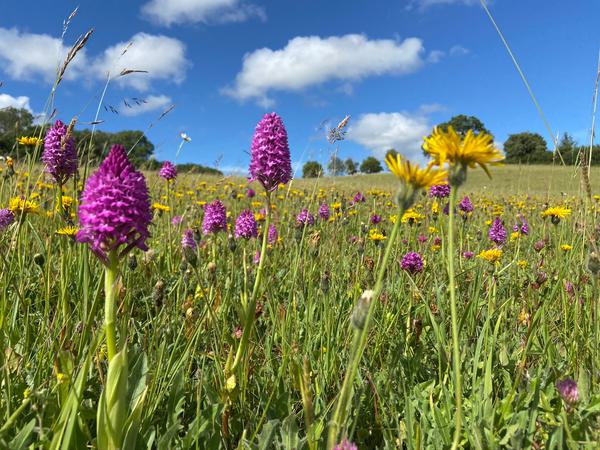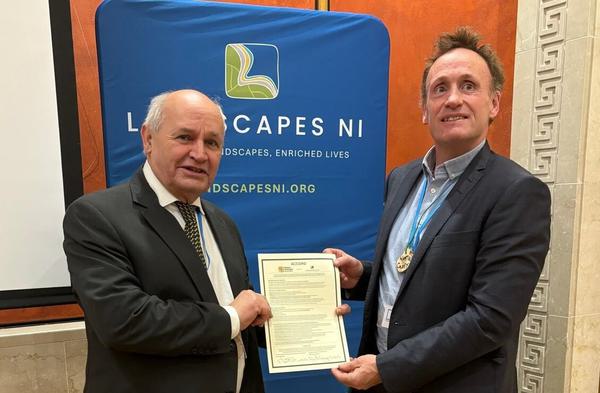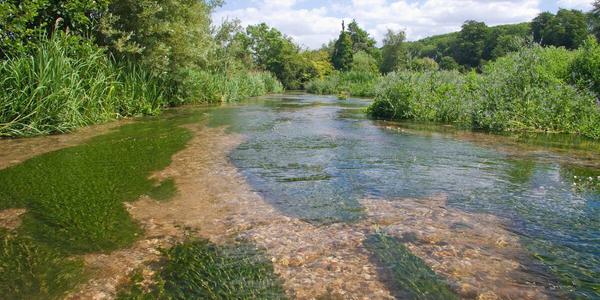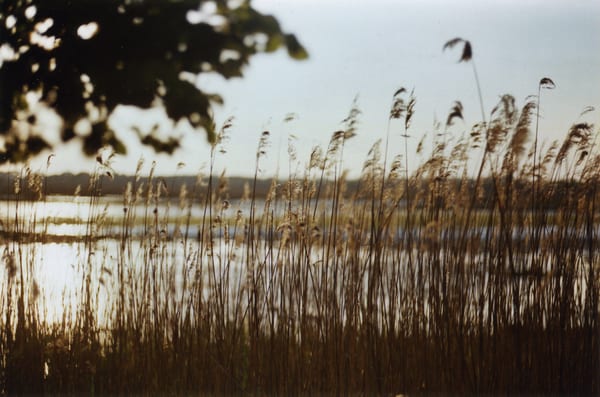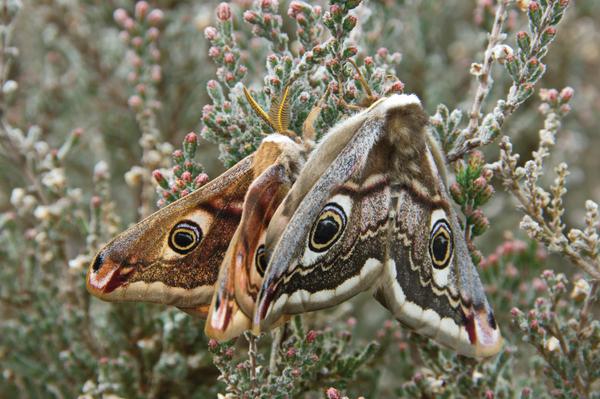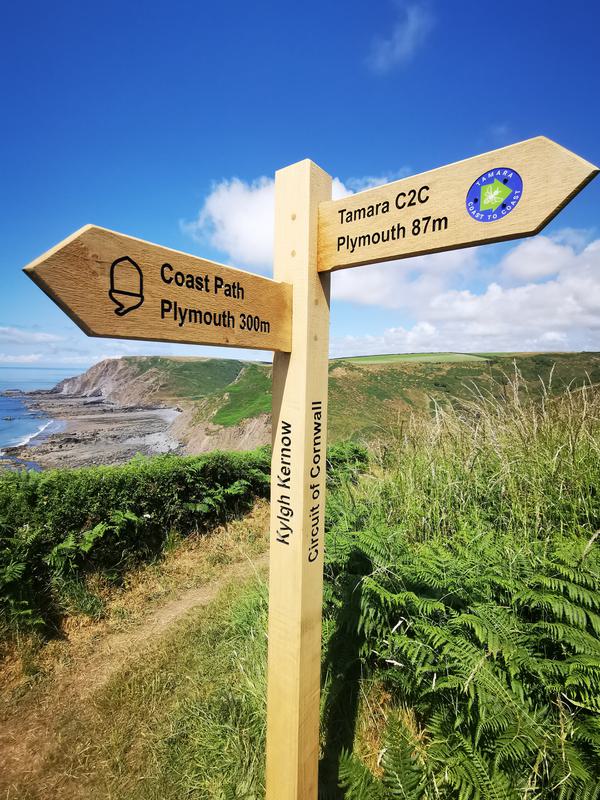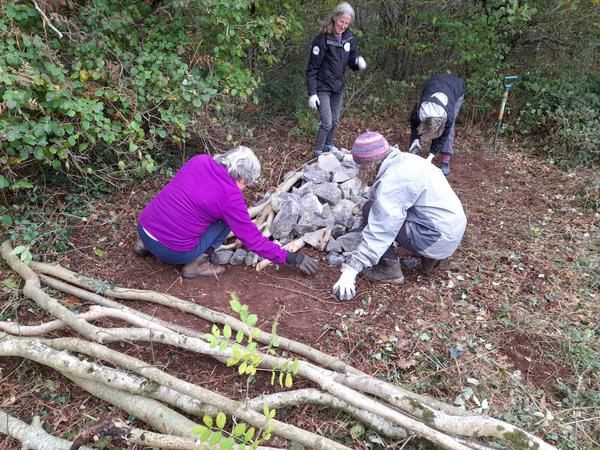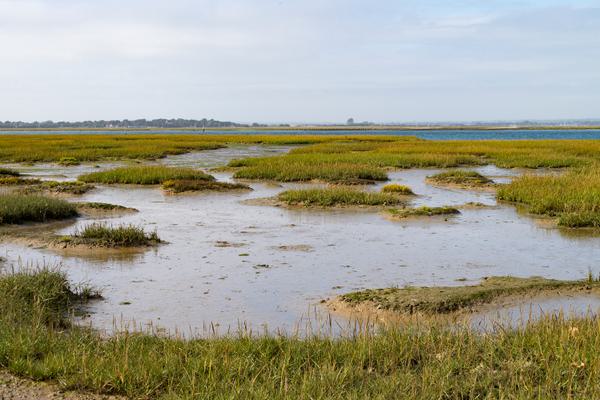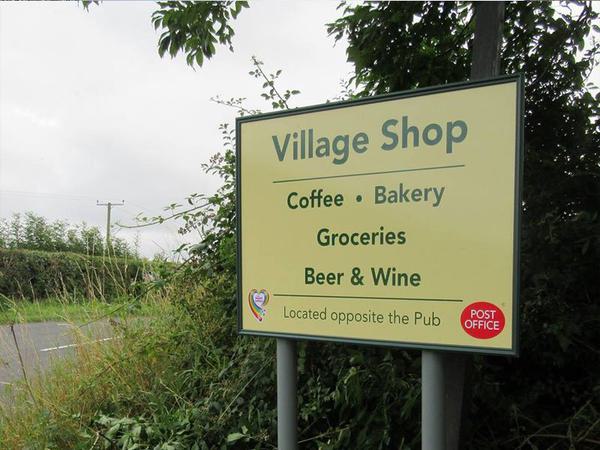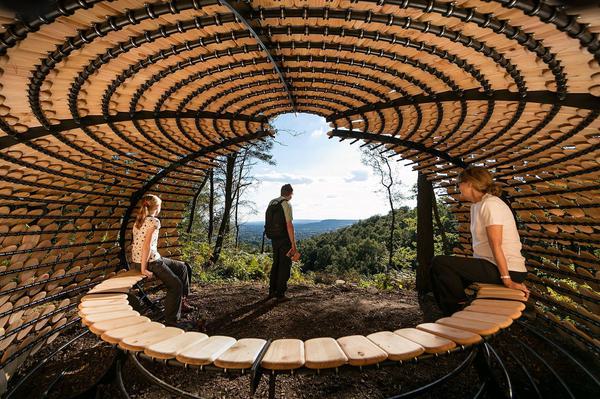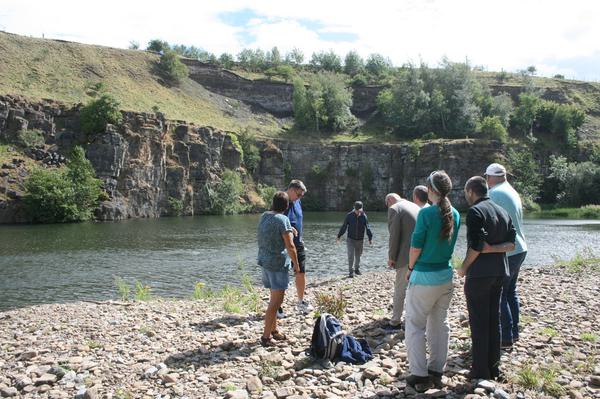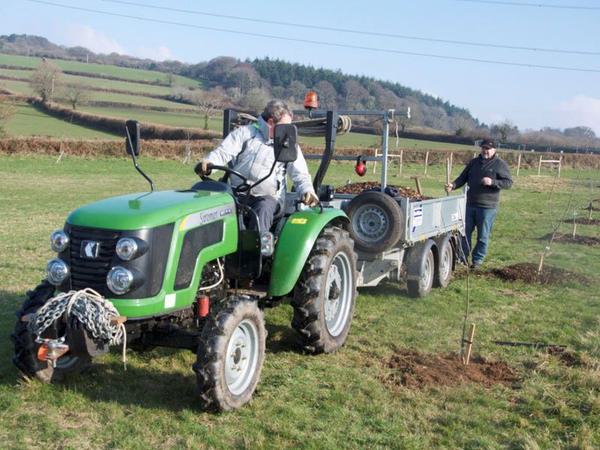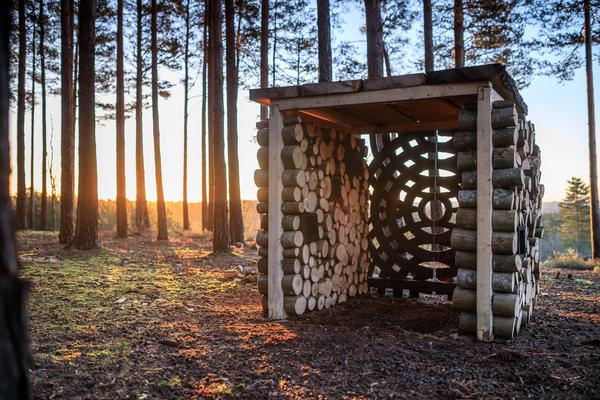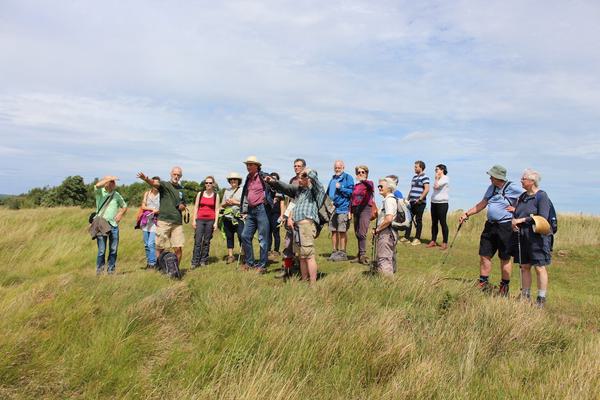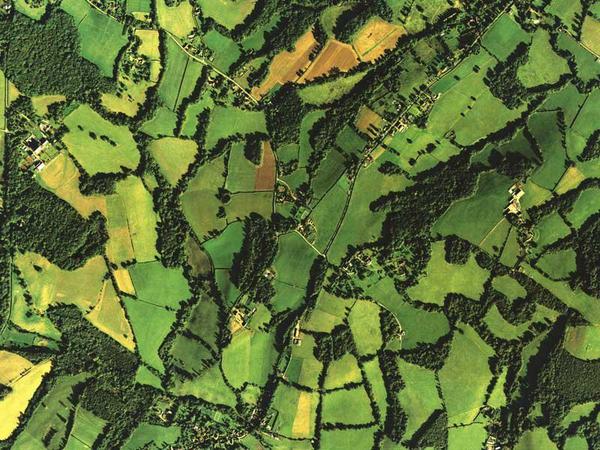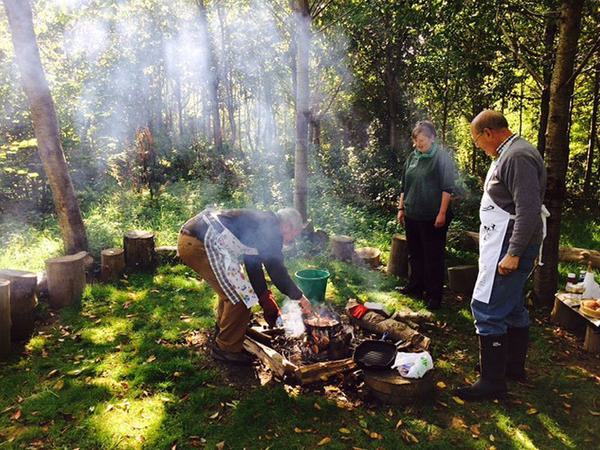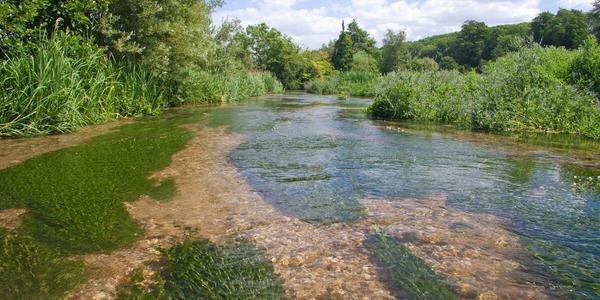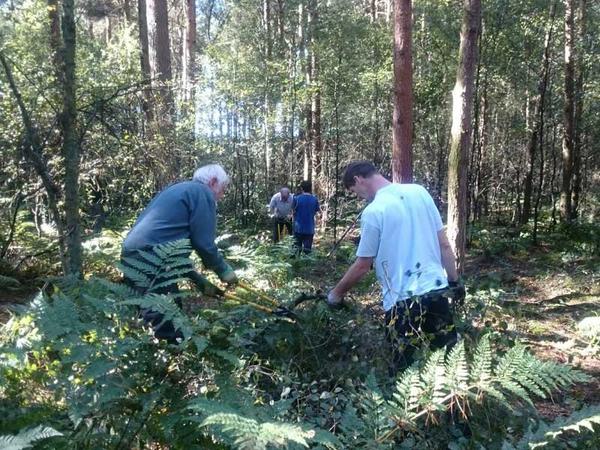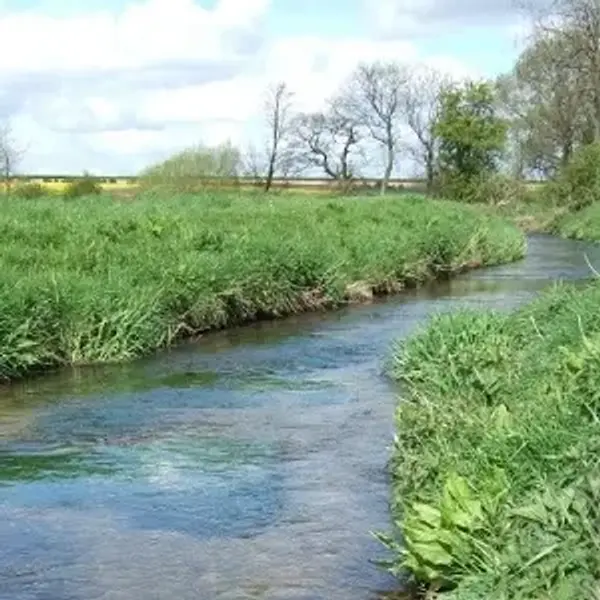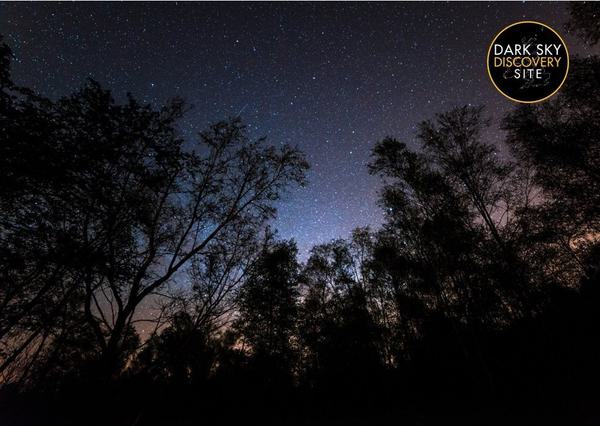Overview
The Three Counties Traditional Orchard Project (TCTOP) has restored and increased orchard habitat across key orchard areas of Herefordshire, Worcestershire and Gloucestershire. Malvern Hills AONB, which covers areas within each County and works with the many partners involved, led on this project.
The project focussed on eight key orchard areas within and outside of the AONB, attempting to maintain and build connectivity between existing orchard habitat.
TCTOP began in 2011, recognising the rapid loss of this UK BAP priority habitat. An iconic part of the landscape, one third of the UK's traditional orchards are in the Three Counties. The unique relationship between people and orchards was at the heart of the project and key to its success in restoring over 90 acres of traditional orchard habitat and planting 500 new trees.
This nomination recognises the success of this unique 'people centred' approach to nature recovery and aims to help promote these ideas further afield.
What was done
Previous support for orchard restoration across the area was provided by grant schemes which addressed individual orchards in many locations. TCTOP aimed to work in clusters of orchards in key orchard areas to maximise wildlife benefits. This included a key orchard area in the AONB but also reached out and included areas beyond it – recognising that nature doesn't respect boundaries.
TCTOP used the four Lawton principles – more, better, bigger, better connected. It aimed to improve existing orchards in just eight traditional orchard 'hotspots' across the Three Counties, chosen for their biodiversity value and for the potential for connectivity. It focussed on orchard restoration and improving their value for wildlife, and on planting new trees to increase traditional orchard acreage and to ensure their long term viability. The areas chosen were carefully researched to fit these requirements but were also orchard areas with lively local communities. Unusually for a Heritage Lottery funded project most of the orchards were privately owned, recognising that this is where the majority still exist and acknowledging that many of those owned by the charitable sector are now being well/better managed.
The starting point for the project was people rather than trees or orchards, recognising the need for people to understand and value traditional orchards in order to retain them. TCTOP worked with orchard owners, orchard experts and enthusiasts, orchard communities and existing orchard groups to increase awareness and improve skills and understanding.
A part-time Project Officer co-ordinated the project. A skills 'Hub' was also recruited in each County and the training and mentoring work was delivered by their staff and volunteers. This resulted in improved funding and training for these groups, as well as increased sharing of expertise across the Three Counties. This approach also grounded the work at a local level and made use of existing local knowledge in recruiting orchard owners in our project areas.
Each orchard was surveyed for wildlife, looking both within and beyond its boundaries, for fruit varieties, historical significance and general condition. A simple management plan was prepared which took into account its biodiversity potential and respected the ideas and needs of the owner. It was flexible in terms of what and how things were done, with minimum paperwork. Owners were encouraged to take part in all activities, to understand why work was being carried out and to act as 'hosts' to volunteers. This 'buy-in' was crucial to the success and sustainability of the project. Over 90 acres (36 Ha) were improved and the equivalent of 10 acres (4 Ha) of new orchard habitat created –a significant achievement.
This 'people centred' approach to conservation has been hugely successful. TCTOP has ensured that project orchards are managed with wildlife in mind, helping to connect these wonderful habitats with the wider environment - and with the people that live amongst and alongside them. Its legacy is a 'skills bank' of people committed to protecting and increasing traditional orchards across the region. By focusing on people excellent results have been achieved for conservation.
Outputs/Outcomes
Innovation
The project was people-focused, recognising that orchards are a 'man made Eden' and that the retention of this increasingly rare habitat is dependent on orchard owners and communities. Much of the project activity was aimed at getting their 'buy in' and raising awareness.
Outputs and outcomes
The project exceeded many of its targets and created much unanticipated additional value. The outputs included:
- 34 orchards restored in eight key traditional orchard areas – approximately 90 acres of traditional orchard habitat
- 500 new trees planted – 10 acres of new orchard habitat in existing traditional orchard areas
- 37 non-project traditional orchards received advice
- 167 training days delivered, including 83 orchard restoration sessions
- 900 people volunteered
- 300 people received training
- 3 'mother' orchards created
- 2 new traditional orchard courses for able and less-able students, developed and delivered
- 8 orchard books written, increasing understanding and knowledge
- 40 Orchard Champions trained, giving 2000 hours of volunteering over three years and setting up their own network at the close of the project
- Parish Tree Warden training materials developed
- Orchard expertise shared across the region
An evaluation of the project showed that, for deliverers, volunteers and orchard owners there was a huge increase in their level of understanding about traditional orchard habitats and their role in the wider landscape. This has translated into practical activity both within and beyond the project areas and continues even though the TCTOP project has now closed.
Best practice
The people-centred approach resulted in greater awareness about traditional orchard biodiversity value and their role in the wider landscape, it enabled valuable conservation work to be carried out on private land and encouraged connectivity between habitats.
Delivery using local orchard groups proved very effective. With support and encouragement they delivered training and outreach in a professional way and helped the project reach out to local communities. This model has been shared with other Orchard groups and networks.
Learning
The people-centered approach at the heart of the project was undoubtedly the main reason for the project's great success. Orchards need people and the time and effort invested in orchard communities and individuals paid dividends. Without their knowledge and enthusiasm the project would not have developed the ownership and energy which made it so successful.
An equally important contributor to the success of the project was identifying and focusing on a small number of traditional orchard areas and recruiting project orchards from them so that there was the potential for connectivity – for both wildlife and people !
Flexibility was also important. People involved with the project contributed to shaping it throughout – suggesting changes and putting forward ideas. Whilst the core of the project remained as planned, opportunities were taken up and less successful ideas replaced as needed. Responding in this way was important in building project ownership and in making the most of conservation opportunities.
Project management processes and communications were kept deliberately simple. This meant that, although there was always guidance available the project co-ordinator was empowered to make decisions. Land owners and volunteers appreciated the straightforwardness of this and a 'can do' attitude prevailed, resulting in more practical conservation activity.
Links
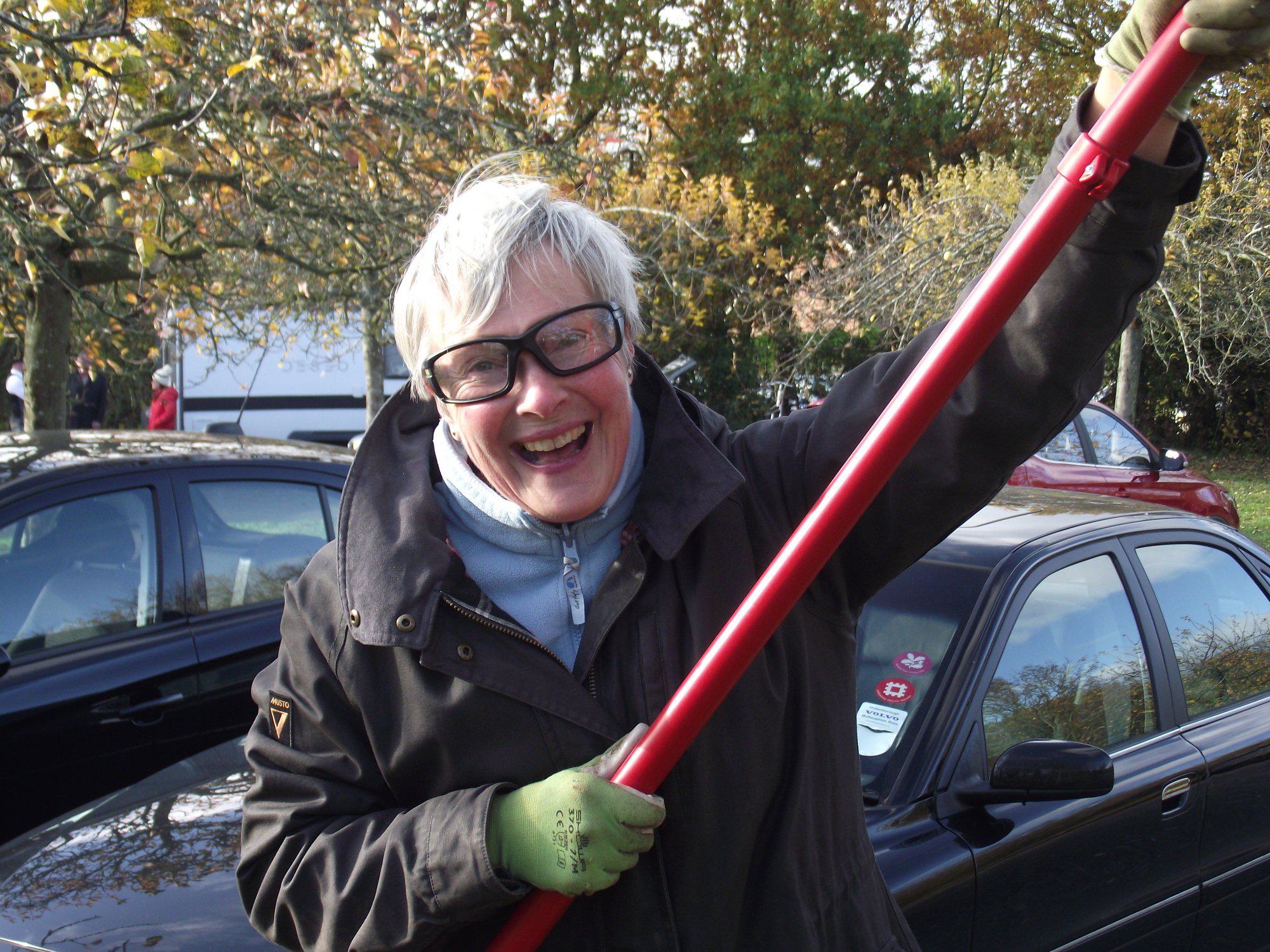
Our traditional orchard heritage is vanishing – just 31 square miles of this extraordinarily biodiverse habitat still exists in the Three Counties area. The Three Counties Traditional Project has played an important role in helping to address this, raising awareness with orchard owners and communities in key orchard areas and helping to restore and extend this valuable habitat. By making the connection between people and orchards TCTOP has begun to help traditional orchards both recover and thrive.
Karen Humphries, Malvern Hills AONB Partnership
Orchard Champion training and promoting traditional orchards has opened many doors. I have met a whole new range of land owners, cider makers and orchardists. I have been offered more orchards to pick for my cider, helped with practical conservation of a variety of orchards and shared my interest around my village, the school where I teach and around the county. I've also joined the committee of my local Orchard Trust. I've turned my passion for orchard restoration into a part-time business, Orchard Revival, making cider and perry with the fruit from traditional orchards in Gloucestershire. Having a use for the fruit is helping to ensure the survival of these amazing places.
Tim Andrews, Orchard Champion
